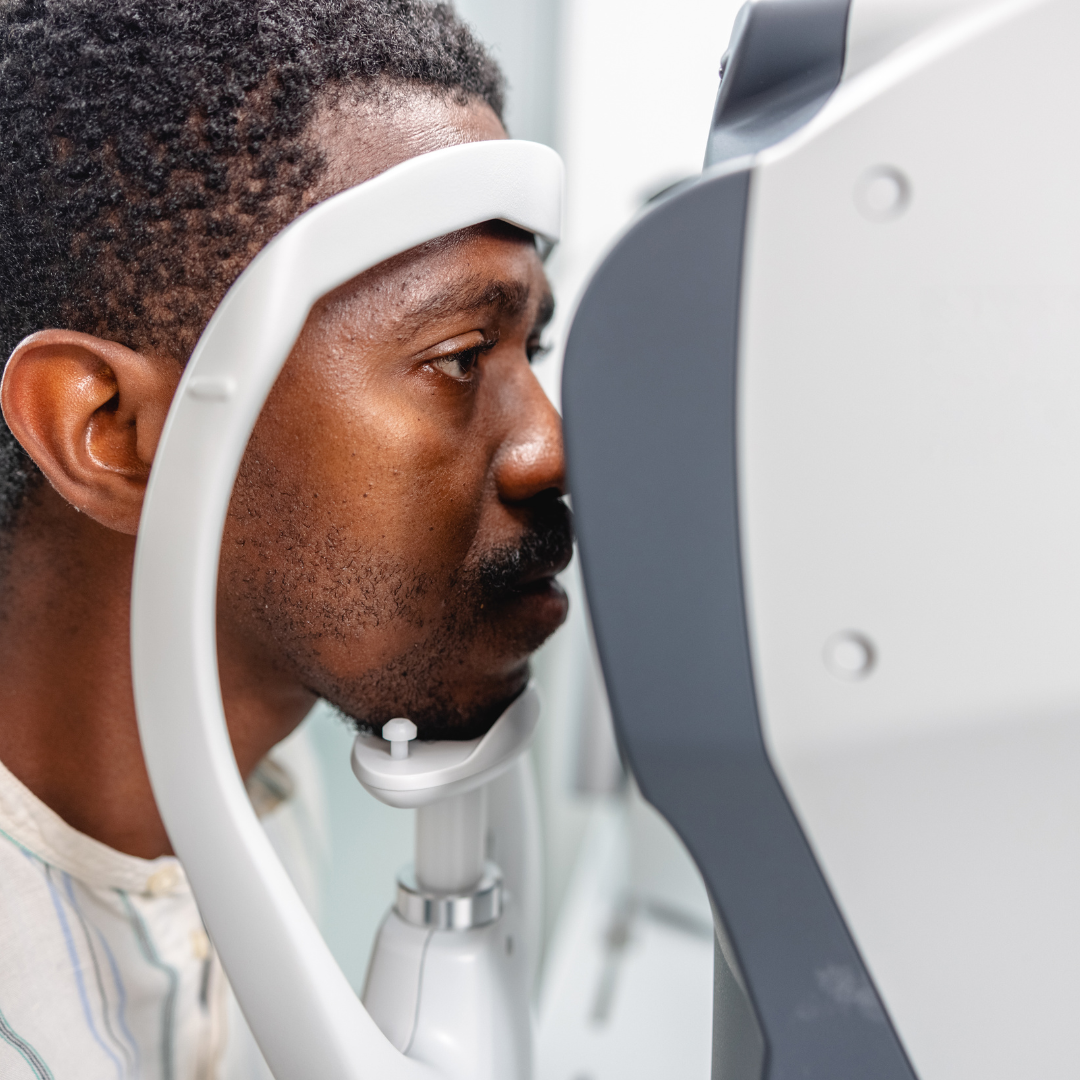
Glaucoma is a sneaky eye condition that can steal eyesight little by little, often without notice until significant damage has been done. A common type of glaucoma called primary open angle glaucoma (POAG) is a top cause of blindness in the U.S. A study from the New York Eye and Ear Infirmary of Mount Sinai shows that Black/African American patients were six times more likely to experience serious vision loss after being newly diagnosed with POAG compared to white patients. Given the strong effect of glaucoma on African Americans, taking early steps like screenings during younger years can greatly improve the odds of spotting and managing the disease, helping to protect vision in the community.
Unfortunately, the number of people with glaucoma is expected to increase by at least by 200% by 2050. “That's a lot of people with a blinding disease who don't know they have it,” said Joel S. Schuman, MD, a professor of ophthalmology and co-director of the Glaucoma Service at Wills Eye Hospital in Philadelphia. “Late in the disease, people may notice they're tripping over the curb, or walking into things they didn't see. It really is only in very advanced disease that people notice there's anything wrong.”
Prevention and early detection are key in maintaining eye health. Keeping our eyes healthy means making sure we get them checked regularly. But we're not talking about just the usual eye tests. These check-ups should go beyond simple vision testing and look at the pressure inside our eyes to spot early signs of glaucoma. Understanding our family's eye health history is another big piece of the puzzle. It helps our doctors know if we need to be extra careful and plan with those risks in mind. And eye health isn’t just about what the doctor can do. Believe it or not, eating a nutrient-rich diet high in fruits and veggies and keeping our bodies moving with exercise are key to keeping our eyes healthy. It’s also important to properly manage other health conditions like diabetes and high blood pressure, which can make eye health worse.
If someone does get diagnosed with glaucoma, sticking to the treatment plan is essential to keep the condition from getting worse quickly. This means taking medications as prescribed and visiting the eye doctor regularly to make sure the treatment is working as it should.
Sources:

